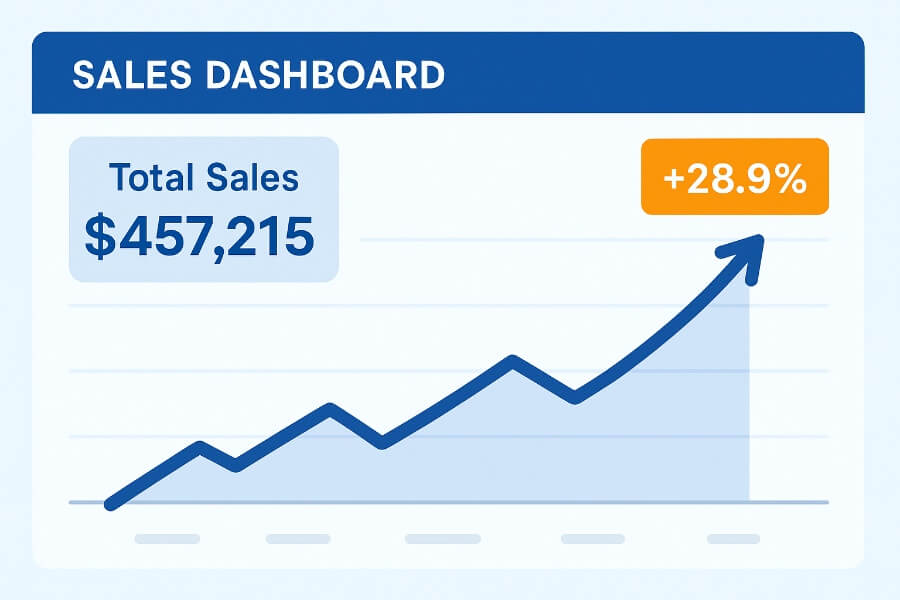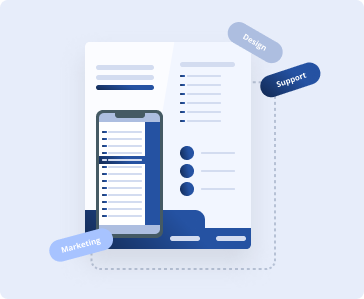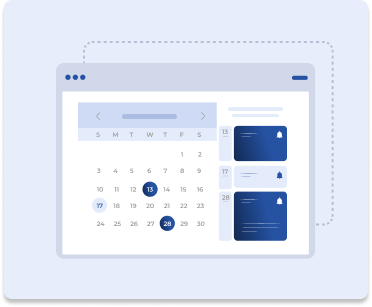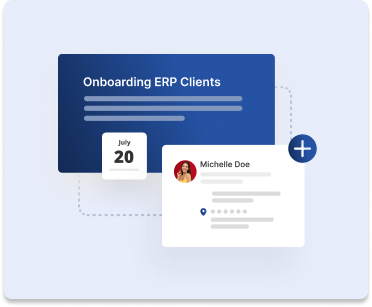Restoration Sales Training
Commercial Sales Accelerator
Transform your restoration business with the Commercial Sales Accelerator—a comprehensive sales program designed specifically for restoration professionals targeting commercial properties. This proven system combines expert-led training, AI-powered sales tools, and ongoing restoration sales coaching to help you build lasting client relationships faster, and dominate your commercial market. Whether you’re selling Emergency Response Plans, large-scale restoration projects, or ongoing maintenance contracts, our members typically see closed comprehensive property assessments and pre-loss agreements within 90 days while building a pipeline of high-value commercial prospects who view them as trusted disaster advisors, not just another vendor.


- Differentiate from your local competitors
- Implement a proven sales process model
- Shorten your relationship building time
- Live sales coaching & real world deals management
- 24/7 AI-powered sales assistant and coaching
- Build predictable pipeline of high-value commercial prospects

Onboarding & Foundation
Complete assessment, goal-setting, and platform mastery training. Build custom commercial sales templates and establish your success metrics within 30 days.

Sales Process Implementation
Master our proven 7-stage commercial sales methodology from prospecting to closing, with industry-specific strategies for higher-value restoration contracts.

Platform Mastery Training
Complete hands-on training for our ERP software platform, including customization, client portals, proposal generation, and advanced features for commercial sales.

Ongoing Education & Support
Live training sessions and coaching. Continuous skill development to stay ahead of market changes.

24/7 Restoration AI Sales Assistant
AI-powered copilot provides instant email writing, objection handling, role-play scenarios, meeting preparation, and sales coaching available anytime, anywhere.
Turn Your Restoration Business Into a Premium Brand
Start creating meaningful commercial relationships today
Want To Close More Commercial Sales?

Scripts & Cadence
A consistent, repeatable process is at the heart of any great sales program. We provide every script, message, and more.

Reporting
Easily track and review the progress of the salespeople executing your ERP program.

Sales Automation
With AI and technology now available, we teach and implement how to reduce drag on salespeople and 10x their output.

Branded Mkt Material
Everything you need for marketing material is provided to you as part of the sales campaign.

CRM Implementation
Set up and utilization of the CRM to best optimize your salesperson’s time. Including reports and automation.

Day to Day Routines
Being efficient with your day as a salesperson is vital. We help set up a sales pipeline so sales understand what to do daily.

Landing Pages
Looking the part and providing resources for your sales person is huge. We will build landing pages to help them close ERPs.

Onboarding ERP Clients
Selling an ERP is one thing, but then you need to collect data and execute. We teach what should be done here as well.

Prospecting
Need help with prospecting? We can assist in prospecting and properly creating a new contact list in your CRM.
Stop Competing on Price
Like an Amateur
Start creating meaningful commercial relationships today
